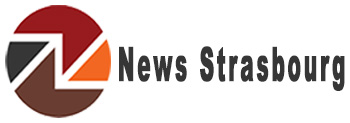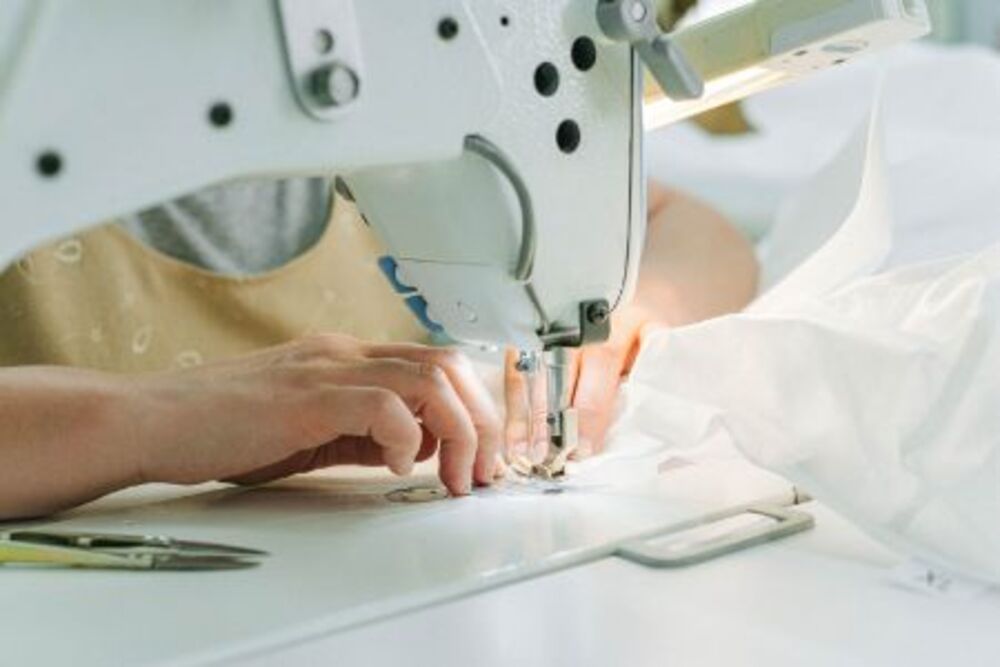There are many uses for sewing machine. From making dresses to sewing curtains, there are many reasons why you might use a sewing and embroidery machine for beginners. However, the most important thing to remember when shopping for one is to buy a quality model. This will ensure that your work can withstand the test of time.
Sergers
A serger is a must-have tool for anyone who is serious about garment sewing. It is a versatile piece of equipment that performs three main functions: sewing, cutting, and binding. A serger can help you save time, effort, as well as make fewer mistakes. You should take the time to learn how to use it.
For instance, a serger can handle blind hems. This means it can trim a seam allowance and re-stitch it to one side. These types of stitches are not easy to do by hand, so using a serger is a great way to go.
You can also buy portable sergers. These are convenient for people who need to sew at different times of the day. These models can handle both knit and stretchy fabric, which is a big advantage over regular sewing machines.
A serger can be used to make an overlock stitch, which is one of the most popular uses. This stitch protects fabric from fraying during wear. In addition to protecting the fabric, it can also give a stitched seam some strength.
A serger can also do a variety of mundane tasks like trimming and rolling hems. However, they are not meant to replace a sewing machine. However, sewing machines can do much more than sergers.
Multi-colored thread is another great feature of a serger. This type of thread adds a nice decorative touch to your projects.
The differential feed is another thing that you’ll want to check out. You can use it to gather lightweight fabrics, create lettuce leaves, and even create ruffles.
There are many sergers available, so make sure you choose the right one.
Lockstitch
A lock stitch is a stitch that has two threads that lock together to form a strong stitch. This is a great stitch for fine fabrics. The stitches are not likely to pucker, and are also not easily unraveled like a chain stitch.
Lock stitches can be formed in several different ways. There are three types of lock stitches: a single-needle stitch, a backstitch, and azigzag. Each stitch has its pros and cons. In addition, it depends on the fabric that the stitches are going to be used on.
The type of material can influence the way the stitches are made. For example, a zigzag lockstitch uses several stitches to form a wider zigzag. To prevent the seams from unravelling, a back stitch is also used.
These stitches can also be used for adding a curved border to a garment. Another way to create a lock stitch is by using a double back stitch to sew the seam to the wrong side of the fabric.
Although a lock stitch can be used on many fabrics, it is best used on fine fabrics. A chain stitch is another type of stitch that is often used on lower-quality clothing.
A few industrial machines can perform a lock-stitch. These machines are typically more suitable for heavy-duty projects and have more functions.
These machines can also be used to create custom projects. They can also sew different spools of thread, and can handle a wide range of fabrics. But despite these advantages, they tend to have a smaller range of functions than domestic models.
Overlock
An overlock Sewing Master machine uses a series of loopers to create the stitch. This stitch reduces excess seam. It is useful in construction and finishing.
There are many types of overlock machines available. Some have built-in blades that trim excess fabric and prevent fraying. They are used in the UK, Australia, and the US. They are often used in the home, but some have been modified for industrial use.
These devices are simple to use and very affordable. These devices allow you to sew through multiple layers of fabric. This allows you to create neater and more professional-looking items.
Depending on the model you choose, you can choose between a 3-thread or 4-thread overlock. Three-thread machines are typically used to stitch flatlock seams, while four-thread models are designed for sewing high-stress areas.
Some overlockers have a servomotor. These feature LED lights, as well as a stand, so you can sit in comfort while sewing. Using an overlock machine can be a great way to make beautiful decorations or sell your creations.
The most common stitch is the overlock. Because the thread used to overlock a seam is low-twist nylon, it allows the seam to stretch as it’s being sewn, which is especially helpful for fabrics that aren’t as strong.
In addition to the overlock stitch, an overlock sewing machine can also form a chain stitch or a safety stitch. These stitches can also be used to stabilize knits.
An overlock sewing machine can be used to finish the edges of a garment and hem it. It can also be used to make decorative stitches.
Flatlock
A flatlock sewing machine is used to create a seam that lies flat. This seam is particularly useful for activewear. It can be used to sew elastic. It also creates a seam that joins two pieces of fabric in a single layer.
Flatlock sewing machines are expensive. They can be a great investment for mass-produced garment manufacturing. They can also be used to create decorative cover stitches.
There are two types of flatlocks. There are two types of flatlocks: the 2-thread and the 3-thread models. The 3-thread model can be better for thicker fabrics.
It is easier to open the 2-thread model and lay it flat. It is also ideal for finishing edges. A heavier specialty thread can produce a smooth flatlock. You may have to increase the stitch length.
Flatlock seams are used in sportswear and baby clothes. They are also useful for woven fabrics such as lingerie and fleece. Flatlocking is more comfortable for children.
To prevent snags, you should wash the seam by hand. Some people also use a mesh washing bag. You can avoid snags by washing the seam separately.
You should ensure that the thread chain is not too short to prevent the seam from snagging. Leaving it shorter can cause the thread to pull up from the machine. A fray blocker can be used to secure the thread chain so that they are properly tucked in the seam.
You can also overlock. It can be irritating to children depending on the thread used. An overlock stitch is different from flatlocking because it has layers on the underside.
An overlock sewing machine requires three to five spools. It forms different types of stitches, including over edge stitching, a rolled hem, and a straight seam.
Electronic
There are different kinds of sewing machines available in the market. There are three types of sewing machines: automatic, computerized, or mechanical.
Manual, the first type, is a machine that can be operated with hands and legs. It is less expensive. However, it is often difficult to operate.
It is important to choose a machine that is easy to use and offers a wide range of stitches if you plan to buy a sewing machine. A machine that is stronger is also a good choice.
Computerized models can be a bit more expensive than traditional mechanical models. They offer many more features. For instance, most of them come with a variety of stitch patterns and can automatically adjust tension. They are also more reliable.
A sewing machine that is electronic is a good choice for people who don’t have much time. Some models also feature an auto-buttonhole function, an easy-to-read display, and a foot pedal.
Computerized sewing machines are more expensive than their mechanical counterparts. They also require a reliable power source. They may also require more time to learn how they work.
Computerized sewing machines are more advanced than mechanical machines that have knobs or levers. Instead, they have touchpads and LCD screens. This allows them to create complex patterns and stitches. They are also more eco-friendly.
Computerized sewing machines have a built in computer that controls the speed of the needle. They also have LCD screens that allow for easy viewing. They can also be programmed with patterns and stitches to remember.
Another advantage of an electronic sewing machine is its portability. Compared to its mechanical counterparts, it is easier to carry.

